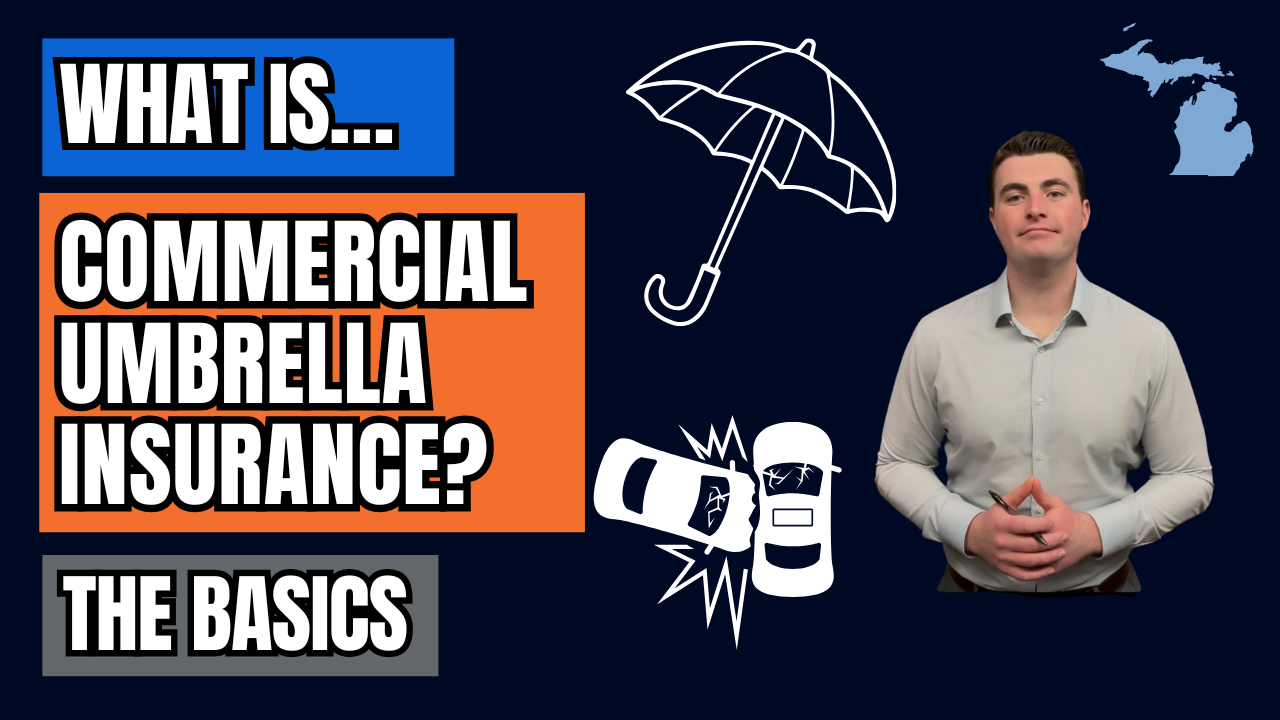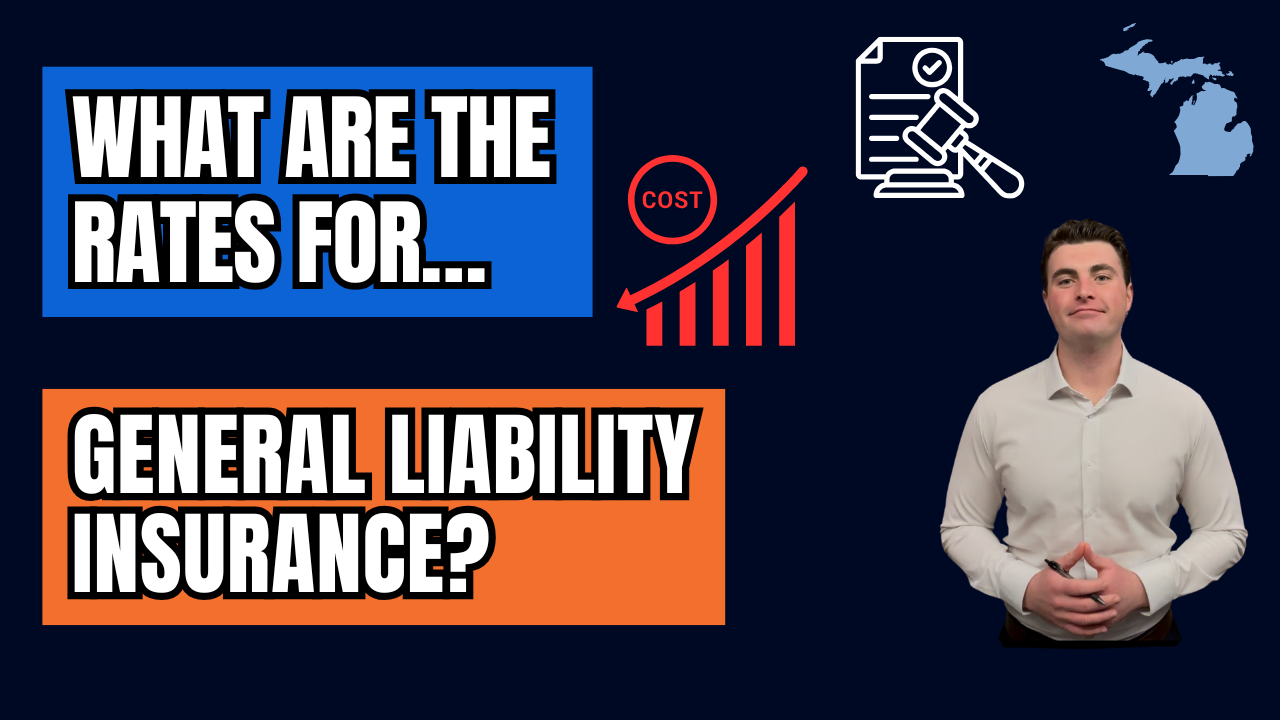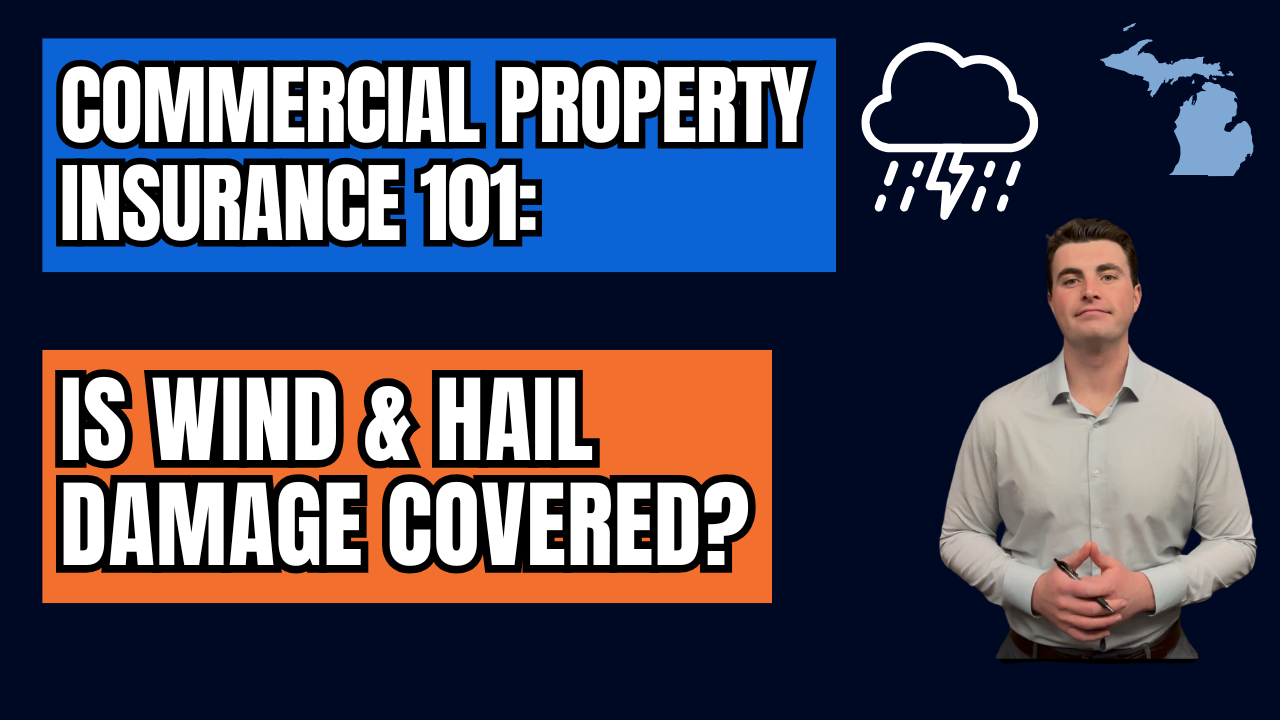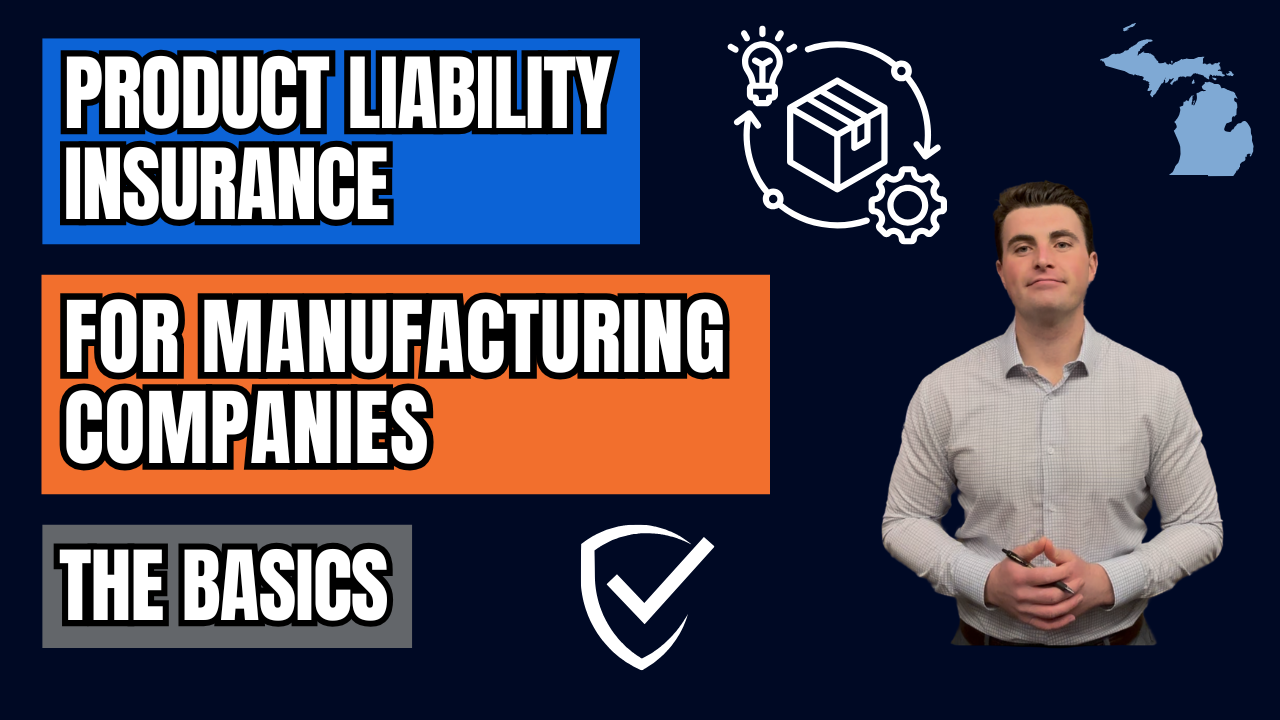Jewelry Insurance: Agreed Value vs Actual Cash Value (ACV) - Explained
Jewelry Insurance: Agreed Value vs. Actual Cash Value (ACV) - Explained
When it comes to insuring valuable jewelry, having the right coverage in place is essential. Not all policies are created equal, and understanding the differences between Agreed Value and Actual Cash Value (ACV) can help ensure you get the protection you need.
In this guide, we'll break down these two types of coverage and what they mean for your precious items.
Why Jewelry Insurance Matters
Jewelry holds both financial and sentimental value, making it crucial to protect against risks like theft, loss, or damage. A standard homeowners or renters insurance policy may offer limited coverage for jewelry, often with restrictions on payout amounts. This is why many people will need to purchase a dedicated jewelry insurance policy that provides comprehensive protection.
Appraising Your Jewelry
Before purchasing jewelry insurance, obtaining a professional appraisal is essential. An appraisal helps determine the accurate value of each item and serves as critical documentation in case of a claim. Keeping your appraisals updated ensures that your coverage reflects the current value of your jewelry.
Understanding Coverage Options
There are two primary types of jewelry insurance coverage: Agreed Value and Actual Cash Value (ACV). Each has distinct advantages and implications for how much you'll receive in the event of a claim.
Agreed Value Coverage
- Definition: With agreed value coverage, the insurer and the policyholder agree upon a specific value for the insured item when the policy is issued.
- Payout Calculation: In the event of a covered loss, the insurer pays out the agreed-upon value, regardless of market fluctuations or depreciation.
- Advantages: This coverage provides certainty about the payout amount, ensuring you receive the full agreed-upon value if your jewelry is lost or damaged.
- Premiums: Since the payout is guaranteed, premiums for agreed value coverage are generally higher than for ACV policies.
Actual Cash Value (ACV) Coverage
- Definition: ACV coverage pays out based on the current market value of the item, factoring in depreciation, wear and tear, and age.
- Payout Calculation: The insurance company determines the item's worth at the time of the loss, which means you may receive less than what you originally paid for the jewelry.
- Depreciation Consideration: Unlike agreed value coverage, ACV accounts for depreciation, which can significantly reduce the payout amount.
- Premiums: ACV policies typically have lower premiums since the insurer calculates the payout based on the jewelry’s depreciated value.
Choosing the Right Coverage
Deciding between agreed value and actual cash value coverage depends on your needs, the value of your jewelry, and your financial risk tolerance.
- If you want guaranteed protection: Agreed value coverage provides certainty that you will receive the full insured amount, making it ideal for high-value or irreplaceable pieces.
- If you prefer lower premiums: ACV coverage may be a more cost-effective choice, but it comes with the risk of receiving a lower payout due to depreciation.
Additional Considerations for Jewelry Insurance
- Coverage Limits: Some policies impose limits on how much they will cover for individual items. Ensure your policy aligns with the appraised value of your jewelry.
- Review and Update: Periodically review and update your policy, especially if you acquire new valuable jewelry.
- Keep Documentation: Maintain records such as receipts, appraisals, photographs, and certificates of authenticity. These will be essential in case of a claim.
- Consult an Insurance Professional: Speaking with an expert can help ensure you select the right policy and understand the terms of your coverage.
Final Thoughts
Jewelry insurance is an essential safeguard for protecting your most treasured pieces. Whether you opt for agreed value coverage to guarantee a fixed payout or actual cash value coverage to save on premiums, understanding the differences will help you make an informed decision. By keeping your appraisals up to date and reviewing your policy regularly, you can ensure your jewelry is protected against unexpected losses.
Contact Us
We will get back to you as soon as possible.
Please try again later.









